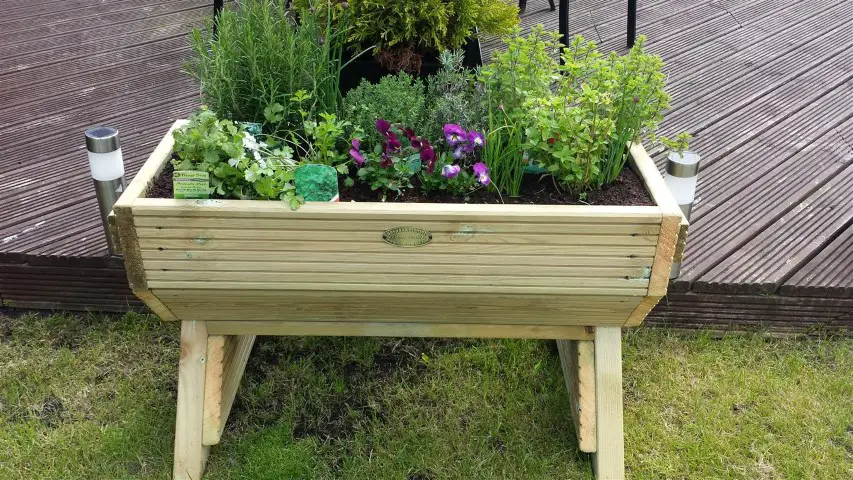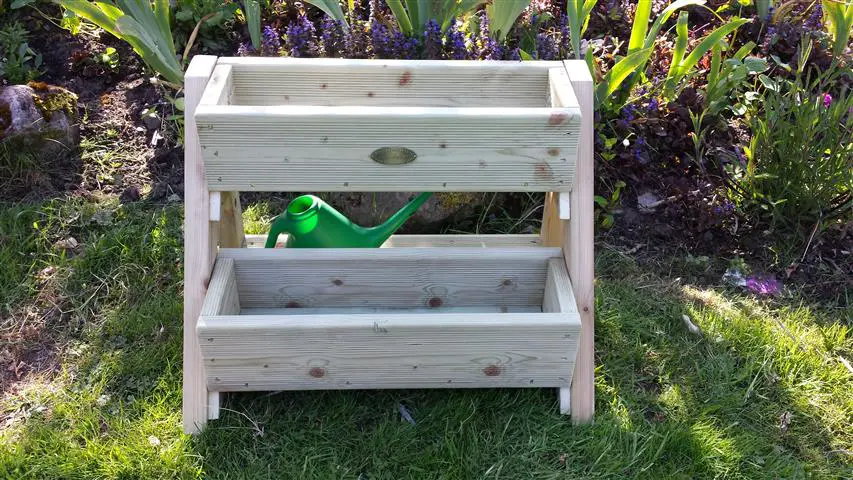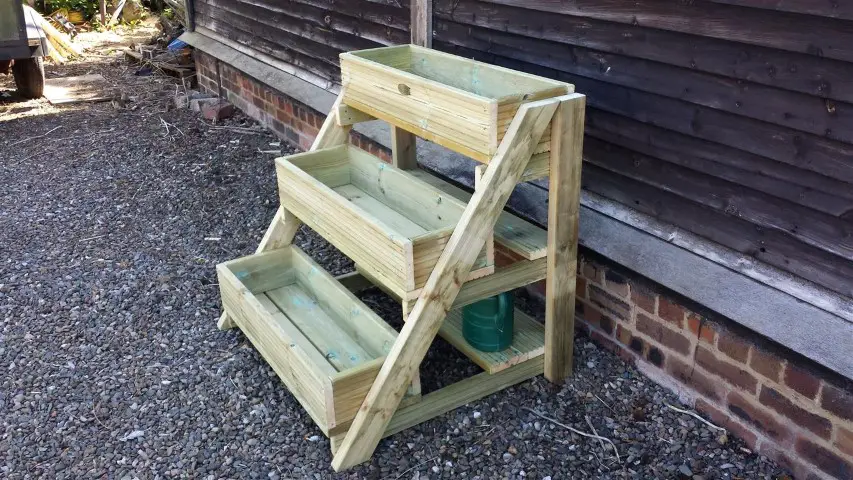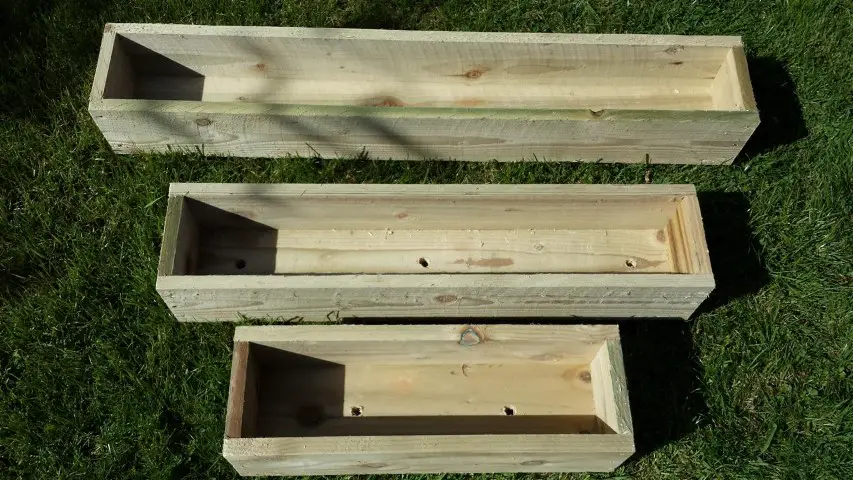There is no doubt, in my mind at least, that Raised Bed gardening is a more beneficial gardening method overall for growing vegetables. How though does it compare with growing veggies in planter boxes, and what exactly is the difference between them?
It’s a good question, because many times the term is interchangeable and a little confusing because of that.

To qualify just a little more accurately check out the following chart that will show the distinctions between these methods
- A Raised Bed Garden is any wooden frame that has been raised so that the growing area is not the same level as the ground area surrounding it. This can be anything from 6 inches high to over 3 foot high. It has no base and sits on the ground.
- A Raised Garden Bed is a structure that is raised from the ground level with legs, but has a base attached so the bed can be any height, but the soil infill reduced to whatever depth is needed.
- A Vegetable Planter is a fully enclosed structure including a base which can be placed at ground level or raised on legs similar to the Raised Garden bed above.
The infill or soil mix is exactly the same for all three methods and includes a mix of topsoil, compost, vermiculite and sand depending on what is being grown.
Why use a raised bed garden at all?
- Easier to operate and maintain with easy access.
- Less bending over particularly with the high raised bed methods
- More productive that traditional row gardening
- Light friable soil means no heavy spades or tools needed
Is a planter box more effective than a Raised Bed?
Whether growing vegetables in Raised Beds or the many types of planters either hand-built or home-grown, the concept is very much the same.
The infill or compost/soil mix for all these methods are the same. The only thing that really changes is whether the frame or box is on the ground or suspended in the air.

The traditional Raised Bed is laid on the ground albeit the soil is raised up from it. This means that the bed is slightly warmer than the ground around it.
A raised planter has a slight disadvantage in that it is raised in the air. This means that cool air can surround the box and cool down the soil. Conversely this also means that in warmer climates or hot days the opposite is also true.

The one real advantage of a Planter box as I see it, is that the Planter is a mobile asset. This means that if you are having little success in one area, you can move it to another and see if the plants prefer the new location.
This is of course a significant advantage to using container gardening in general, the fact that the container can be moved around the garden to take advantage of the sun’s rotation over the season.
If you have expensive Raised Planters that you have spent a lot of money on, you can also take them with you should you relocate elsewhere.
One of the disadvantages when it comes to containers of all sizes, is that they can dry out quite quickly and so need constant monitoring to be sure this does not happen.
Another disadvantage with the Planter box is that it is more expensive to construct than the simple raised bed.

Because it is free-standing, the planter has to have a base and also legs built in if it is an elevated planter rather than just a simple trough planter as you may see in the pictures.
Other than these differences I have found no evidence to say that the plants grow better in one method than in the other – except in exceptional circumstances where the situation ‘on the ground’ supports the use of one method (for instance you may be relocating soon and would like to take your garden with you!).
Building a planter box
I have built many planter boxes and in fact sold them on Etsy and Amazon for a while. The material I used was simple and easy to get where I live – Treated decking material.
You can see some examples of these planters in the pics here. The construction was fairly simple and I just used decking screws fixed to a framework.
Some of the planters I lined with plastic or garden fabric to help deal with moisture loss.

The cradle planter was very popular but that took a lot more effort to build. The rectangular box planter was the easiest to build and the best seller in the range.

You will find more info on building a raised bed on this post where the materials are listed and a full plan laid out.
Conclusion
To my mind there is no outright winner for the Raised Bed vs Planter contest. They both have their merits and the right choice is the one that suits your own individual requirements and indeed location especially if you are planning a move in the near future!
For general ease of use and construction though I would probably go for the traditional Raised Bed as the frame can be knocked up in half an hour and be ready for planting out soon after

